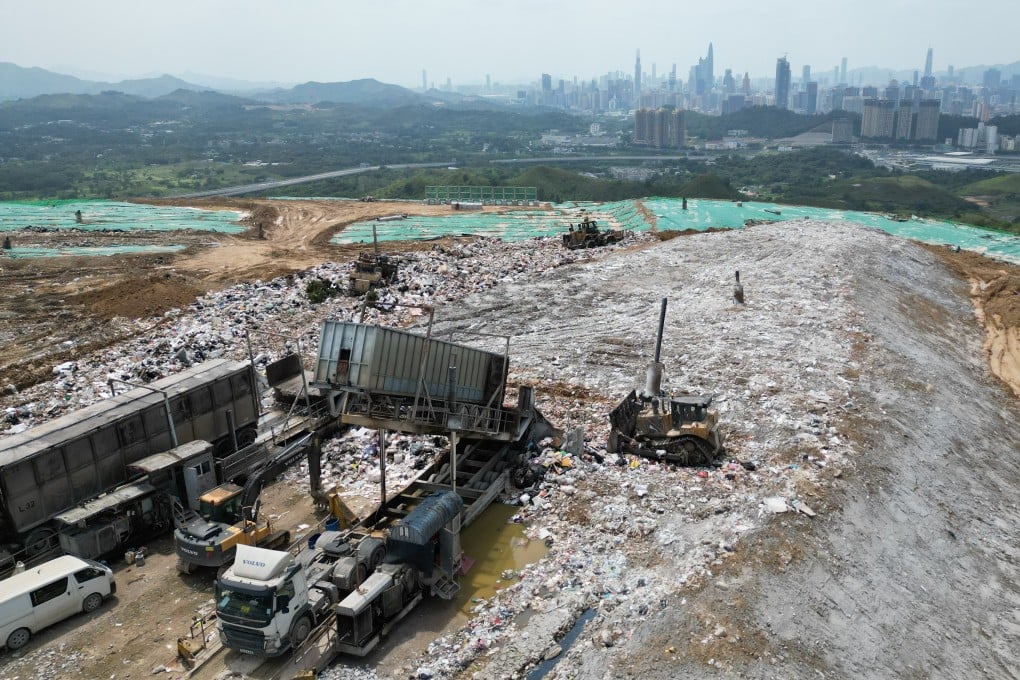Opinion | 10 years on, what has Hong Kong’s grand plan to cut waste actually achieved?
- Latest data shows the city has failed to meet the targets set out in its 10-year blueprint, from recycling rates and landfill waste, to tougher legislation and building infrastructure

Hong Kong’s recently released annual waste report has underlined the lack of progress since the environmental authorities launched a waste reduction blueprint more than a decade ago.
Last year, Hong Kong managed a recycling rate of just 32 per cent and disposed of 1.51kg of municipal solid waste per person every day – failing to achieve the targets of 55 per cent and 0.8kg respectively, laid out in the Blueprint for Sustainable Use of Resources 2013-2022. The gap is large and disappointing.
When this blueprint was released in May 2013, then-environment minister Wong Kam-sing said the government was “committed to taking all the necessary decisions and actions” to drive Hong Kong “towards a ‘use less, waste less’ lifestyle”.
The city’s first waste-to-energy facility for municipal solid waste remains under construction. But, even when up and running, the facility will only reduce the volume of waste – it will not contribute towards resource conservation or recycling.


